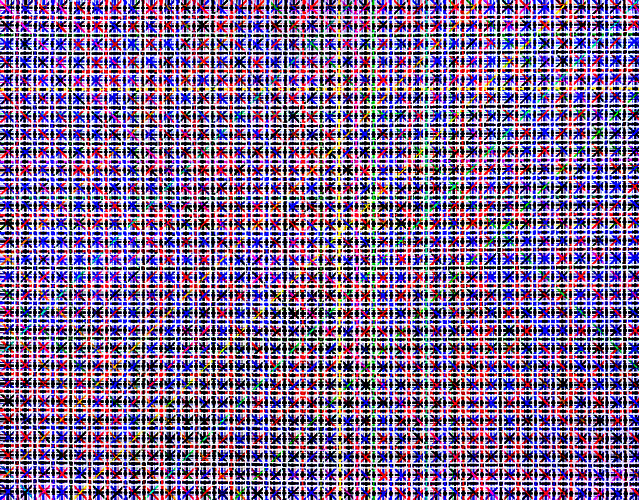Writing in the December issue of Art in America, Richard Vine reviews the Guggenheim New York’s current exhibition “Art and China after 1989: Theater of the World” and offers some provocative reflections about the changing meaning of “globalism” today. As Vine writes, the rise of China as an international power poses a challenge to simplistic Western notions of globalism, which have been content to selectively integrate non-Western cultures and economies as long as they don’t question Euro-American cultural and capitalistic values. But, asks Vine, are we prepared to embrace China and other rising powers on their own terms? Read an excerpt from Vine’s review-essay below, or the full text here.
Yet there is a caveat. In their catalogue essays, all three curators—most pointedly Hou—argue that true globalism, true multiculturalism, must not be simply the triumph of Western models and mores, casting all nations on a scale of relative “development” or “progress” in some neo-Hegelian fashion. That would be all too close to the elitist globalism vilified by Steve Bannon and the alt-right. Rather, genuine pluralism must be reciprocal, a true blend.
And there’s the rub. If we are to be genuinely global and multicultural, to what extent do we accept culturally specific practices that we find deeply troublesome, even repugnant? Is the Saudi veil OK? Or Mormon polygamy? Sati in India? The consumption of horsemeat in France or dog flesh in Korea? Multiculturalism, so benign in theory, quickly proves to be a minefield in practice. Yet much of its value lies precisely there: the identification of genuine differences, fostering prejudice-breaking dialogue and collective social progress.
Image: Ding Yi, Appearance of Crosses, 1991–93. Via Art in America.
